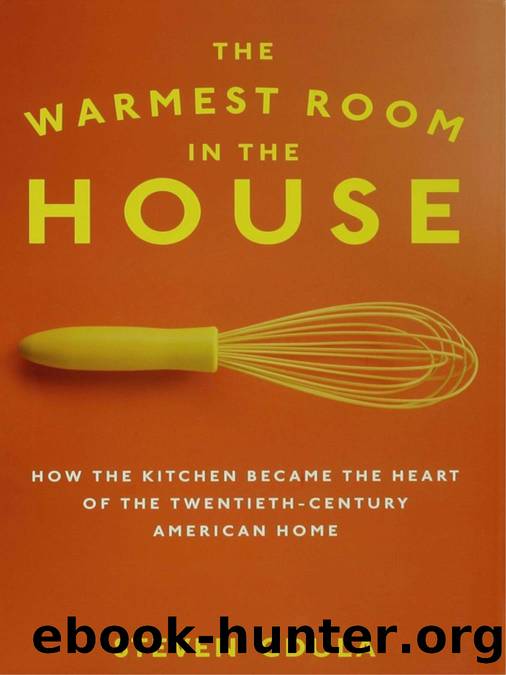The Warmest Room in the House by Steven Gdula

Author:Steven Gdula
Language: eng
Format: epub
ISBN: 9781596917873
Publisher: Bloomsbury Publishing
Published: 2019-11-24T00:00:00+00:00
CHAPTER SEVEN
Pop Tarts: 1960â1969
The technology movement of the fifties met the ecology movement of the sixties as this plastic picnic set was made portable thanks to a macrame sling.(Helen von Bosch. Bomba picnic set. Philadelphia Museum of Art: Gift of Villeroy & Boch, New York, 2003.J
The optimism that soared through the fifties was grounded by a dispiriting reality in the 1960s. The country was involved in a war overseas that many Americans didn't understand, let alone support. And back home everybody was talking about the "isms." Racism denied African Americans their civil rights. Sexism restricted a woman's potential. Feminism rallied women to demand equality. Communism loomed as an unwavering threat. Transcendentalism promised to take everyone away from it all. Idealism envisioned equal rights for all. The generations were at odds. The youth were in revolt. Society went from controlled to chaotic in a few short years, and the American Kitchen went along for the ride as mealtime became a forum for debate.
As the 1960s began, Americans were becoming more divided as the recession that had slowed the postwar economy widened the gap between the haves and the have-nots. Industrial and economic growth had benefited some aspects of society, yet almost one third of the country lived at or below the poverty level. The government hoped that by reinstating the food stamp program (which had helped Americans during the Depression and early years of World War II), temporary assistance would prevent long-term economic dependence.
Cultural differences also separated Americans in the sixties, and a young politician by the name of John F. Kennedy proposed a vision for America that protected personal freedoms and guaranteed equality. As president, Kennedy's plan for national unity through his civil rights agenda faced staunch resistance from a separatist mind-set. Integrationists found another charismatic spokesperson for change in Martin Luther King Jr., who likewise demanded an end to the racist views that created division and hatred in the country. The civil rights movement had a significant effect on the American Kitchen as the rising visibility of African Americans sparked discussion and debate about their culture. It was becoming clear that the culinary practices of African slaves had helped define what was considered Southern cooking in America. Soul food became the haute cuisine in the sixties as white hipsters and food enthusiasts bragged about cooking up chitlins and black-eyed peasâthat was, of course, when they weren't trying their hand at Boeuf Bourguignon. The interest in French cooking that had merely simmered in the fifties swept through the country with the intensity of a revolution in the sixties. Leading the charge was Julia Child, an unlikely advocate for the cuisine who conquered the American public with her endearing demeanor and DIY ethic.
More American men were moving into the kitchen as more women were starting to work out of the house. The role reversal was hardly universal, though, as society clung to its notions of what were acceptable positions for women to hold. Apron strings were proving to be strong tethers.
But women continued taking charge of their lives and toppling stereotypes.
Download
This site does not store any files on its server. We only index and link to content provided by other sites. Please contact the content providers to delete copyright contents if any and email us, we'll remove relevant links or contents immediately.
Machine Learning at Scale with H2O by Gregory Keys | David Whiting(4258)
Never by Ken Follett(3880)
Fairy Tale by Stephen King(3307)
The Man Who Died Twice by Richard Osman(3040)
Will by Will Smith(2872)
Friends, Lovers, and the Big Terrible Thing by Matthew Perry(2182)
The Becoming by Nora Roberts(2149)
A Short History of War by Jeremy Black(1816)
Go Tell the Bees That I Am Gone by Diana Gabaldon(1731)
A Game of Thrones (The Illustrated Edition) by George R. R. Martin(1660)
515945210 by Unknown(1642)
443319537 by Unknown(1522)
The 1619 Project by Unknown(1435)
Works by Richard Wright(1314)
Meditations (Modern Library) by Marcus Aurelius(1299)
Going There by Katie Couric(1189)
472244821 by Unknown(1182)
book title by 2023(1167)
264099364 by Unknown(1104)
